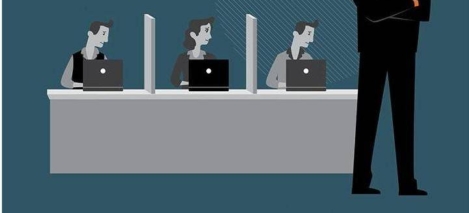March 21, 2016
Staff value engagement and culture but many feel let down by employers 0
 Real estate consultancy JLL has issued a survey to explore the results of its January 2016 report into workplace engagement. The new study reveals – perhaps unsurprisingly – that there is a mismatch between employee’s positive attitudes towards the issues of engagement and culture and their negative experience of them in their current roles. So, while 87 percent of respondents agree that engagement and culture are key drivers of organisational performance, 42 percent don’t believe that their employer effectively capitalises on the workplace to enhance employee engagement, 46 percent do not think that their workplace is used as a key competitive differentiator to attract and retain talent and 41 percent do not agree that their workplace is used as a tool to generate a positive company culture. The study highlights the issues associated with lack of engagement and suggests a number of solutions to help employers engage with staff.
Real estate consultancy JLL has issued a survey to explore the results of its January 2016 report into workplace engagement. The new study reveals – perhaps unsurprisingly – that there is a mismatch between employee’s positive attitudes towards the issues of engagement and culture and their negative experience of them in their current roles. So, while 87 percent of respondents agree that engagement and culture are key drivers of organisational performance, 42 percent don’t believe that their employer effectively capitalises on the workplace to enhance employee engagement, 46 percent do not think that their workplace is used as a key competitive differentiator to attract and retain talent and 41 percent do not agree that their workplace is used as a tool to generate a positive company culture. The study highlights the issues associated with lack of engagement and suggests a number of solutions to help employers engage with staff.



































March 16, 2016
Over half of workers are not getting enough sleep to do their job effectively 0
by Sara Bean • Comment, Wellbeing, Workplace
(more…)